In order to achieve the maximum durability, one or more of following methods of surface preparation shall be followed, depending on condition of steel surface and as instructed by Company Site Representative. Adhesion of the paint film to surface depends largely on the degree of cleanliness of the metal surface. Proper surface preparation contributes more to the success of the paint protective system. Surface preparation prior to application of primers/paints/coatings is of utmost importance to ensure highest quality of painting and long life of protected component. Various national/international standards shall be followed to ensure proper surface preparation.
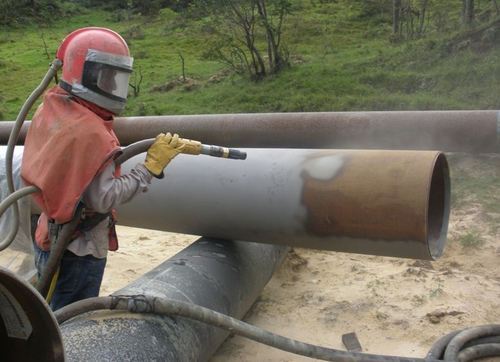
Typical Surface Preparation Standards are :
- Swedish Standard – SIS-05 5900-1967 (Surface preparations standards for Painting Steel Surfaces) : This standard contains photographs of the various standards on four different degrees of rusted steel and as such is preferable for inspection purpose by the Company Site Representative.
- Steel Structures Painting Council, U.S.A. (Surface Preparation Specifications (SSPC-SP).
- British Standards (Surface Finish of Blast-cleaned for Painting) BS-4232.
- National Association of Corrosion Engineers, U.S.A., (NACE).
It is normally required by painting contractor to arrange, at his own cost,a set of latest edition of above standards and codes at site.
Painting manufacturer also provides instructions regarding surface preparation, which shall be followed as much as practicable.
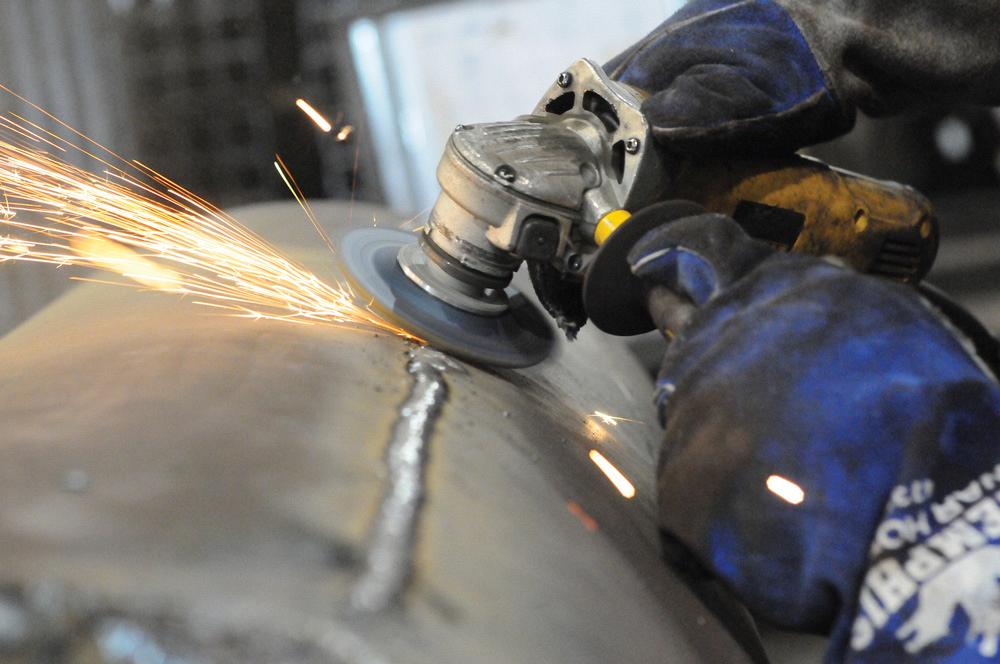
Surface Preparation Methods
- Manual or hand tool cleaning.
- Mechanical or power tool cleaning.
- Blast cleaning.
Mill scale, rust, rust scale and foreign matter shall be removed fully to ensure that a clean and dry surface is obtained.
Minimum acceptable standards for cleaning are specified in project specification by client. For example, a typical project specification may specify following :
- Manual or hand tool cleaning : ST.2 or equivalent
- Mechanical or power tool cleaning : ST.3 or equivalent
- Blast cleaning it shall SA 2-1/2 OR equivalent as per Swedish
Standard SIS-05-5900-1967 or equivalent. - Where highly corrosive conditions exist, then blast
cleaning shall be SA 3 as per Swedish Standard.
It is necessary to remove all other contaminants, oil, grease etc. by use of an aromatic solvent prior to surface cleaning.
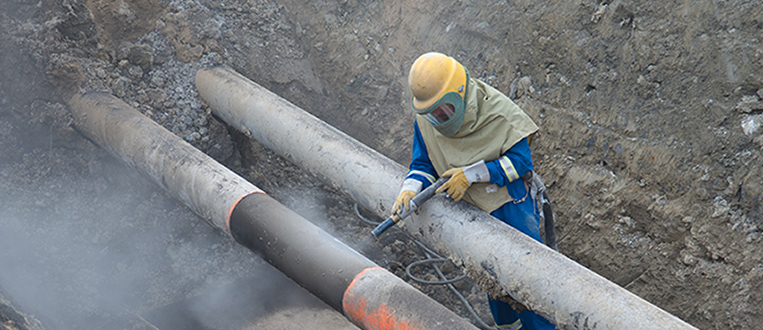
Irrespective of the method of surface preparation, the first coat of primer must be applied by brush on dry surface. This should be done immediately and in any case within 4 hours of cleaning of surface. However, at times of unfavourable weather conditions, the Company Site Representative shall have the liberty to control the time period, at his sole discretion and/or to insist on re-cleaning, as may be required, before primer application is taken up. In general,
during unfavourable weather conditions, blasting and painting shall be avoided as far as possible.
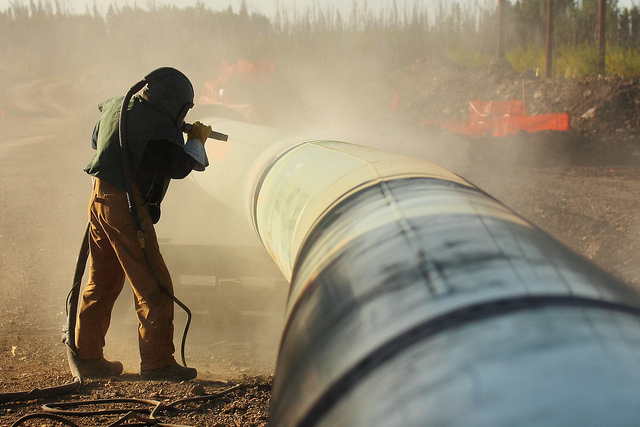
Procedure of Surface Preparation
Surface preparation can be done by two methods.
Out of this, shot blasting is best method of surface preparation ensuring durable paint film quality.
Non-Compatible shop coat primer
The compatibility of finishing coat should be confirmed from the paint manufacturer. In the event of use of primer such as zinc Rich epoxy, inorganic zinc silicate etc. as shop coat, the paint system shall depend on condition of shop coat. If the shop coat is in satisfactory condition showing no major defect, the shop coat shall not be removed. The touch up primer and finishing coat(s) shall be identified for application by Client Site Representative.
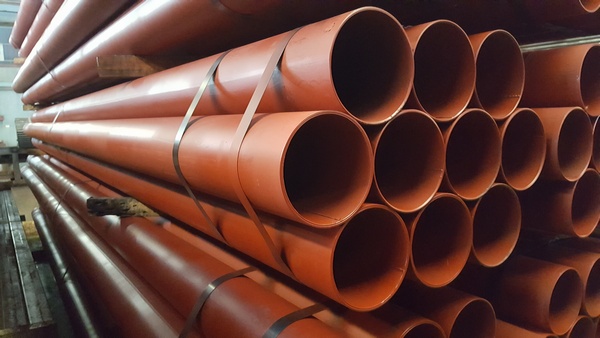
Shop primed surfaces will only be ‘spot cleaned’ in damaged areas by means of power tool brush cleaning or hand tool cleaning and then spot primed before applying one coat of field primer unless otherwise specified. If shop primer is not compatible with field primer then shop coat primer should be completely removed before application of selected paint system for particular environment.
